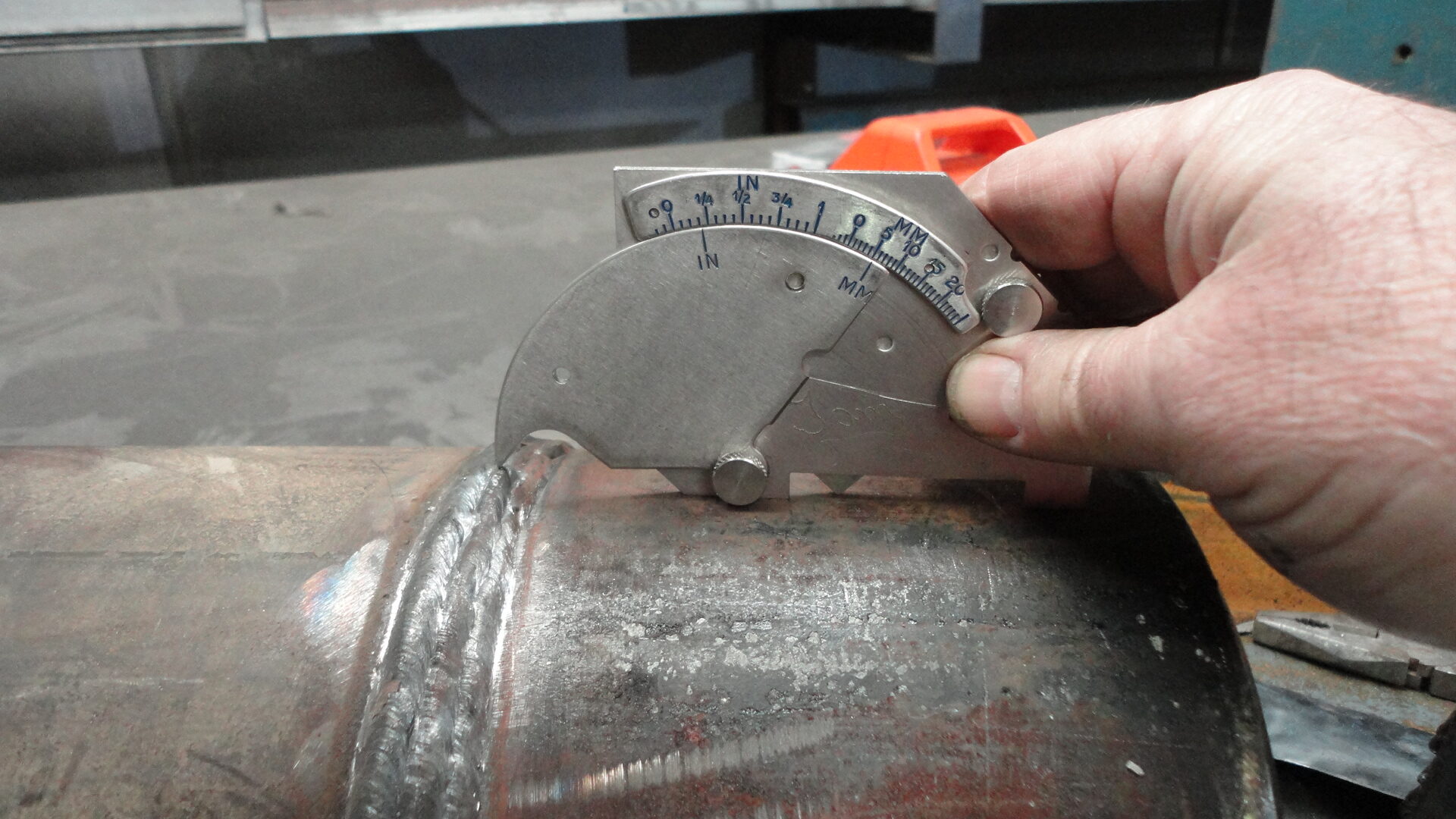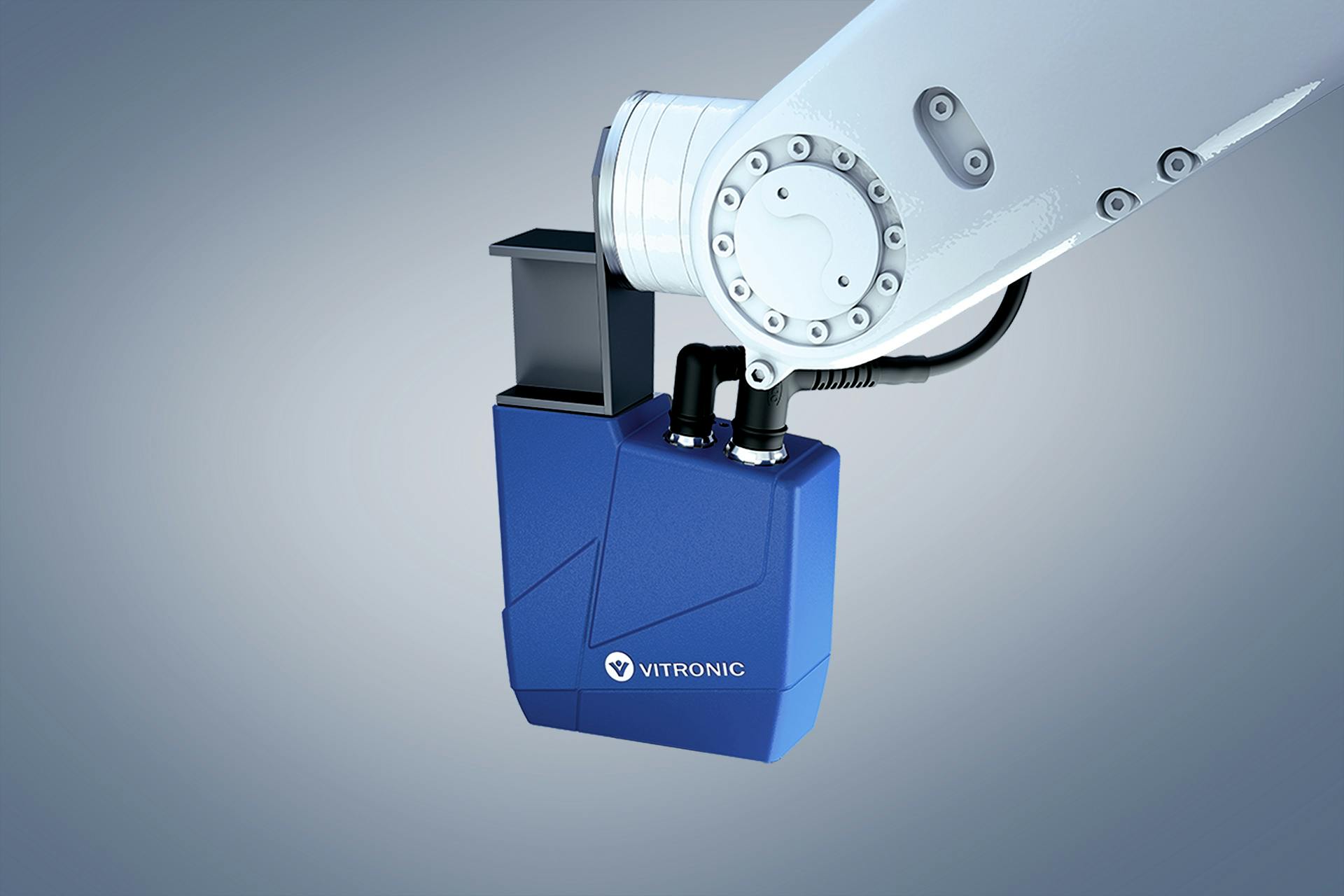Guaranteeing Safety And Security with Trusted Welding Inspection Milwaukee Techniques
Guaranteeing Safety And Security with Trusted Welding Inspection Milwaukee Techniques
Blog Article
A Comprehensive List for Effective Welding Inspection Practices
In the realm of welding, the stability of structures is extremely important, requiring an extensive strategy to inspection methods. An extensive list offers as a vital tool in ensuring adherence to sector criteria, incorporating vital pre-welding, in-process, and post-welding examinations. By methodically dealing with product verification, weld top quality, and complete documents, companies can significantly enhance safety and security and performance. Nevertheless, what particular elements should be focused on in each phase to achieve optimum outcomes? Exploring these critical parts can produce insights that greatly effect welding procedures.
Recognizing Welding Criteria
Welding standards play a crucial function in ensuring the high quality and safety of welded elements and frameworks. These requirements develop the standards for materials, treatments, screening, and inspection, therefore offering a structure for regular high quality guarantee in welding procedures. Numerous companies, consisting of the American Welding Society (AWS), the International Company for Standardization (ISO), and the American Society of Mechanical Engineers (ASME), have established comprehensive requirements that control different aspects of welding.
Comprehending welding criteria is important for specialists in the area, as adherence to these guidelines reduces the danger of issues and failings in welded joints. These standards cover certain requirements for weld quality, including acceptable tolerances, the kind of welding methods to be made use of, and the credentials needed for examiners and welders.

Pre-Welding Examination Steps
Prior to any welding procedure begins, an extensive pre-welding inspection is important to determine possible issues that might endanger the top quality of the weld. This first step acts as a crucial structure for ensuring compliance with relevant welding codes and requirements.
The initial action in the pre-welding inspection is to validate the materials being made use of. This consists of monitoring for the proper kind and quality of metals as defined in the task documents. Next off, it is crucial to evaluate the fit-up of the components to make certain proper positioning and joint arrangement. Misalignment can bring about poor penetration and structural weaknesses.
Furthermore, assessing the sanitation of the surfaces is crucial; contaminants such as rust, paint, or oil can negatively impact the high quality of the weld. Following this, a thorough assessment of the welding tools should be performed, making sure that it is calibrated and in excellent working condition.
Last but not least, evaluating the certifications of the welding personnel is imperative. Welders have to possess the necessary accreditations and experience to carry out the particular welds needed for the project. By adhering to these pre-welding evaluation steps, the likelihood of defects and failures in the last weld can be considerably decreased.

In-Process Inspection Techniques
In-process assessment strategies play a crucial function in making sure the honesty and quality of welds as they are being carried out. These techniques enable assessors to determine issues or discrepancies from specs in genuine time, therefore ensuring and protecting against costly repair services adherence to style needs.
One trick technique involves aesthetic examination, where inspectors analyze the weld bead for harmony, penetration, and correct account. moved here This can be complemented by the use of gauges to gauge weld dimensions, making certain conformity with fixed tolerances. Furthermore, the application of non-destructive testing (NDT) techniques, such as ultrasonic screening or magnetic fragment testing, throughout the welding procedure can expose subsurface imperfections that may not show up externally.
One more important aspect is monitoring welding parameters, including voltage, amperage, and take a trip rate. Uniformity in these parameters is vital for accomplishing optimal weld high quality. Recording these specifications during the welding procedure offers a deducible record for future referral.
Training workers in correct assessment techniques and using ideal devices enhances the performance of in-process inspections. By integrating these techniques, organizations can achieve greater top quality welds, decrease rework, and inevitably make sure the safety and reliability of welded frameworks.
Post-Welding Quality Checks
Complying with the completion of welding procedures, post-welding quality checks are crucial to confirm that the welds fulfill all specified needs and standards. These checks are crucial for ensuring the honesty and toughness of the welded joints. The evaluation process typically begins with a visual examination, assessing for surface area defects such as fractures, porosity, or insufficient fusion.
Subsequently, non-destructive screening (NDT) techniques, such as ultrasonic testing, radiographic testing, or magnetic bit screening, might be utilized to detect inner defects that are not noticeable to the nude eye. Each approach go to this website has its distinct benefits and is picked based on the weld's location, product type, and the nature of the application.
Analyzing the mechanical residential or commercial properties of the weld, including tensile strength and ductility, can give more guarantee of performance under operational conditions. In general, thorough post-welding inspections are important for keeping adherence, security, and efficiency to regulative and industry criteria.
Paperwork and Coverage
Just how can efficient paperwork and reporting boost the welding inspection process? Exact documentation and thorough reporting are vital parts that ensure the stability and high quality of welding operations. Welding Inspection Milwaukee. They offer as an official record of evaluation findings, facilitating responsibility and traceability in compliance with industry criteria

A well-structured reporting system allows assessors to clearly connect any inconsistencies, non-conformances, or areas calling for enhancement. This openness promotes an atmosphere of continual improvement, as stakeholders can easily examine previous efficiency and carry out corrective activities.
Furthermore, efficient documentation includes in-depth records such as welding treatment requirements (WPS), welder certifications, and evaluation checklists. These components give a structure for reviewing weld quality and adherence to established standards. In the occasion of disputes or top quality concerns, comprehensive documents functions as a dependable reference, lowering uncertainty and safeguarding all celebrations included.
Finally, preserving organized documents assists in training and licensing employees, ensuring that industry ideal methods are supported. Inevitably, precise documents and reporting not only boost the welding examination process yet likewise add to the total safety and reliability of bonded structures.

Conclusion
In verdict, an extensive checklist for effective welding evaluation practices is important for guaranteeing quality and safety in bonded frameworks. Adherence to developed welding standards, thorough pre-welding examinations, strenuous in-process examinations, and complete post-welding high quality checks collectively contribute to the honesty of bonded joints.
Welding requirements play a crucial duty in making certain the top quality and security of welded elements and structures. Numerous companies, including the American Welding Society (AWS), the International Company for Standardization (ISO), and the American Society of Mechanical Designers (ASME), have actually developed comprehensive criteria that have a peek at these guys regulate various elements of welding.
Following the conclusion of welding operations, post-welding top quality checks are important to verify that the welds fulfill all specified needs and requirements - Welding Inspection Milwaukee.In verdict, a detailed checklist for efficient welding evaluation techniques is important for making certain high quality and security in welded frameworks. Adherence to established welding requirements, meticulous pre-welding assessments, rigorous in-process examinations, and thorough post-welding top quality checks collectively contribute to the honesty of welded joints
Report this page